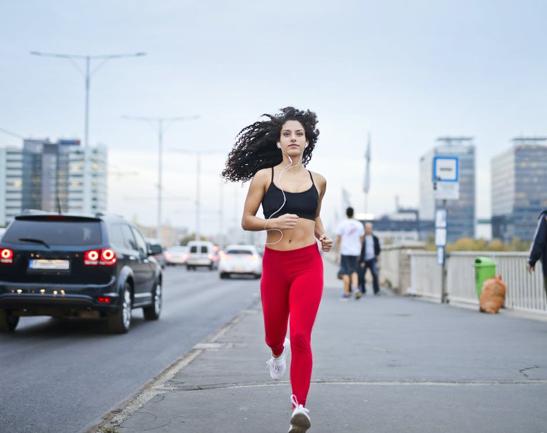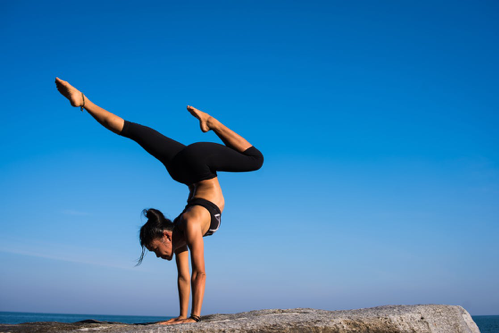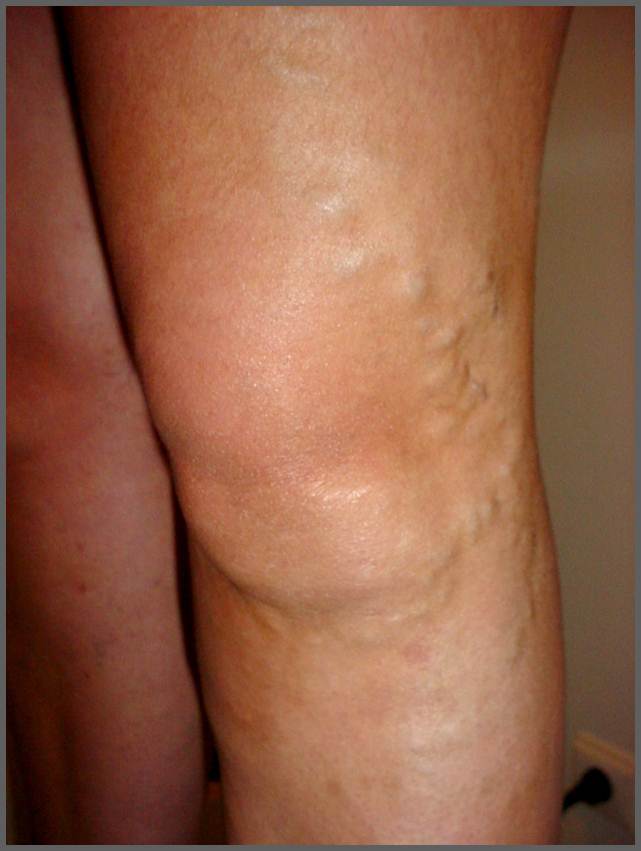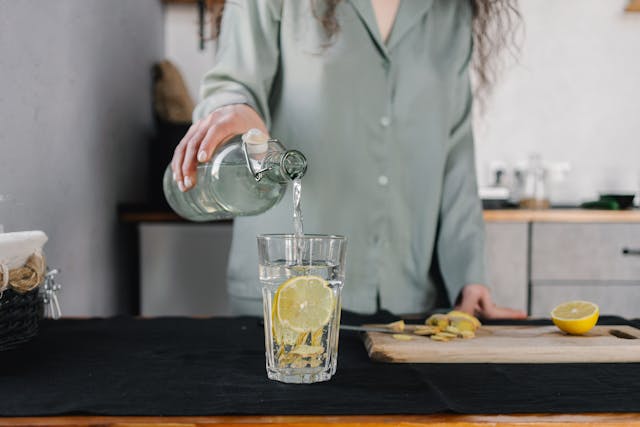Are you experiencing discolored, enlarged, and twisted veins on your feet and other parts of the body? Many women will agree that these veins look quite unpleasant in public. If you want to avoid the development of varicose veins, you can change your lifestyle, preventing activities that can lead to it.
Often, people live with these conditions without opting for proper treatment. It wasn’t until they developed severe leg ulcers and vein infections later on that they finally consult specialists. They were usually afraid of undergoing painful traditional techniques for removing these veins. However, the health industry is experiencing significant changes since experiencing technological advancements in the field. That is the reason numerous painless technique to get rid of these bulging veins exist today.

(Source)
Initially, these veins are just a cosmetic concern, and people undergo treatment to regain the beauty of their feet and legs. But as the veins continuously fills-in without any proper direction to leave, you might eventually start to bleed. Furthermore, the iron deposits in the blood can cause a reaction leading to numerous severe conditions. That is why varicose veins can be unhealthy for your body.
The most common reasons to develop the varicose or spider vein are improper functioning of the valves and resulting changes rapid blood pressure change. However, you can prevent these conditions by adopting various lifestyle changes. In this article, we will share some techniques to prevent the development of varicose veins.
Risk Factors of Varicose Veins
Below, you will find some of the common reasons why varicose veins develop:
· Age Factor
As you grow older, veins function less effectively.
· Family History
This can be intimidating for you, but if other members of your family suffer from varicose veins, you are at higher risk of developing them as well. Varicose veins occur because of genetic reasons and family history.
· Gender
There is no doubt that women experience hormonal changes that can increase the risk of growing varicose veins. Using birth control pills is also a reason.
Prevention for Varicose Veins
Below, you will find some preventive measures that you can try to reduce your chances of developing varicose veins:
1. Avoid Prolonged Standing or Sitting
When you stand or sit in the same position for extended periods, especially while traveling, your veins lose their ability to function against gravity. This increases the pressure in your veins, and blood pools around the feet and ankles. You might also experience swelling and pain during this condition. In this case, moving after short intervals will help improve your blood circulation, decreasing the pressure. The best thing you can do is to stretch your ankles and feet. Moreover, maintaining an active routine that helps your veins and valves function correctly is important.
2. Wearing Compression Hosiery
Compression stockings and socks will help maintain the right position of your valves. This will prevent the veins from swelling and blood from pooling inside them. Eventually, it alleviates pain, and your valves will function properly as well. When you start wearing these support socks in the morning, you might experience night cramps. You can choose from different types of compression levels by understanding their effects on the veins. You should talk to a vein specialist before buying the compression stockings. Dr. Chideckel will help you choose compression stockings and analyze the veins for any symptoms.
3. Healthy Lifestyle
An unhealthy routine can lead to varicose veins. That is why experts suggest that you maintain a healthy lifestyle to prevent vein damage. Varicose and spider veins are common in people with obesity and high blood pressure. You can reduce your chances of experiencing this condition by eating healthy food. Make sure that you consume more protein, complex carbohydrates, and healthy fats. Staying hydrated can also improve your blood circulation. You should avoid foods with high salt content.
4. Exercise
Walking is the best exercise to prevent varicose veins as it keeps your blood flowing. You can also try yoga. Try poses that include lifting your feet above your heart. When you do yoga, you stretch the muscles in your hamstrings and calves. The best poses you can try include sun salutations, forward-bend poses, and downward-facing dog pose. Swimming and cycling will also help with blood circulation.

(Source)
5. Sleeping Positions
During pregnancy, you are more likely to develop varicose veins because of a combination of factors. Around this time, try sleeping on the left side instead of the right. Your sleeping position will help you reduce the pressure. When your uterus expands, it affects the vein in the pelvic region. That is the reason why you will notice more varicose cases in pregnant women.
Conclusion
If you are still worried about developing varicose veins, consult Dr. Norman Chideckel at 212-993-6133 and schedule an appointment. Furthermore, if you are experiencing varicose or spider veins and want to remove them, Dr. Chideckel will help you diagnose the condition and provide the best treatment options.



 In this blog we’ll explore effective tips and strategies to help you prevent varicose veins and maintain healthy veins. Varicose veins are swollen, twisted veins that often appear on the legs and can cause discomfort and cosmetic concerns. While genetic factors can play a role in the development of varicose veins, there are several lifestyle changes and preventive measures you can take to reduce your risk.
In this blog we’ll explore effective tips and strategies to help you prevent varicose veins and maintain healthy veins. Varicose veins are swollen, twisted veins that often appear on the legs and can cause discomfort and cosmetic concerns. While genetic factors can play a role in the development of varicose veins, there are several lifestyle changes and preventive measures you can take to reduce your risk.

